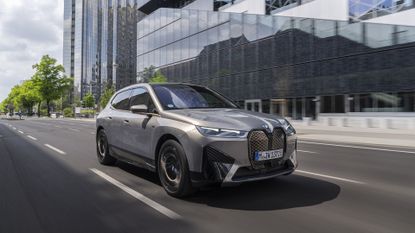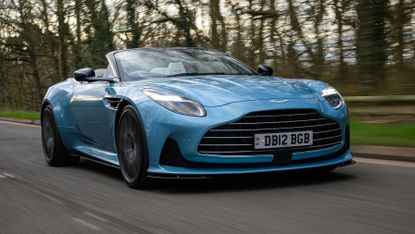Auto
-

Best electric scooter: top e-scooters for adults
-
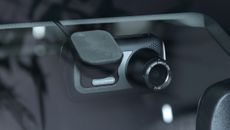
Best dash cam: top car dash cams tried and tested
-
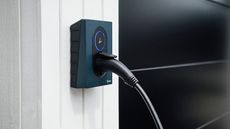
Best EV chargers: the top chargers to buy and why
-

Best car seats: keep your baby or toddler safe with these infant and booster seats
-
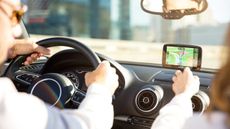
Best sat nav: including TomTom, Garmin and more
-
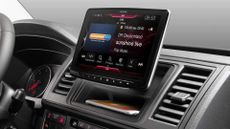
Best Android Auto head unit: improve your in-car entertainment
-
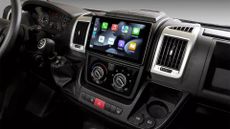
Best CarPlay stereo 2024: refresh your old car with the top Apple CarPlay head units
Apple CarPlay isn’t just for those who can afford the latest premium SUV, as nearly all motors can be brought bang up to date with a new head unit
-
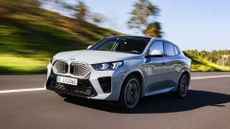
BMW iX2 first drive: a sportier look on a familiar frame
This new sports-back electric model offers an alternative to the standard SUV but doesn’t push the boundaries
-
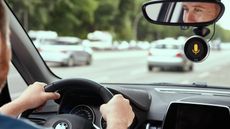
Best car accessories 2024: car tech you never knew you needed
From dash cams to key locators, we’ve put together a list of the best car accessories for your wheels
-
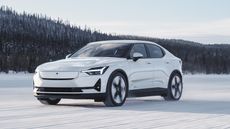
Polestar reveals unusual succession plans for its electric 2
Polestar boss says a replacement for the best-selling 2 will be called the 7
-
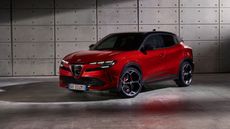
Alfa Romeo reveals its first EV, the small but sporty Milano
First electric Alfa Romeo is a compact SUV called the Milano and has 255 miles of range
-
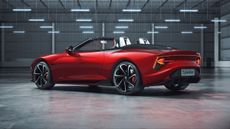
Why I'm so excited for the MG Cyberster (but wish they'd change the name)
A resurgent MG is going after Porsche and Polestar with its new electric sports car, but the name needs a rethink.
-
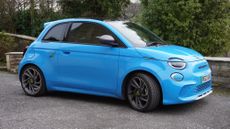
Abarth 500e Turismo review: a fun, four-wheeled firecracker
The Abarth 500e Turismo is a track-worthy small EV with luxury appointments and a noisy undercarriage
-

Mercedes G-Wagen gets a big luxury upgrade
The Mercedes-Benz G-Class has had a modern makeover without losing those classic looks
-

New Land Rover Defender promises to be toughest, most luxurious yet
Powered by a twin-turbo V8 the new Defender OCTA will be most powerful yet
-
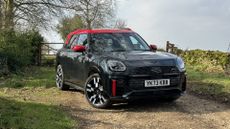
Mini John Cooper Works Countryman ALL4 first drive
The top-spec Mini SUV combines power and comfort for a sporty family drive
-
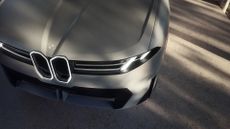
BMW's next-gen electric SUV is must-see concept with amazing on-board tech
The BMW Vision Neue Klasse X sets the path for the marque's next generation of X-class SUV models
-
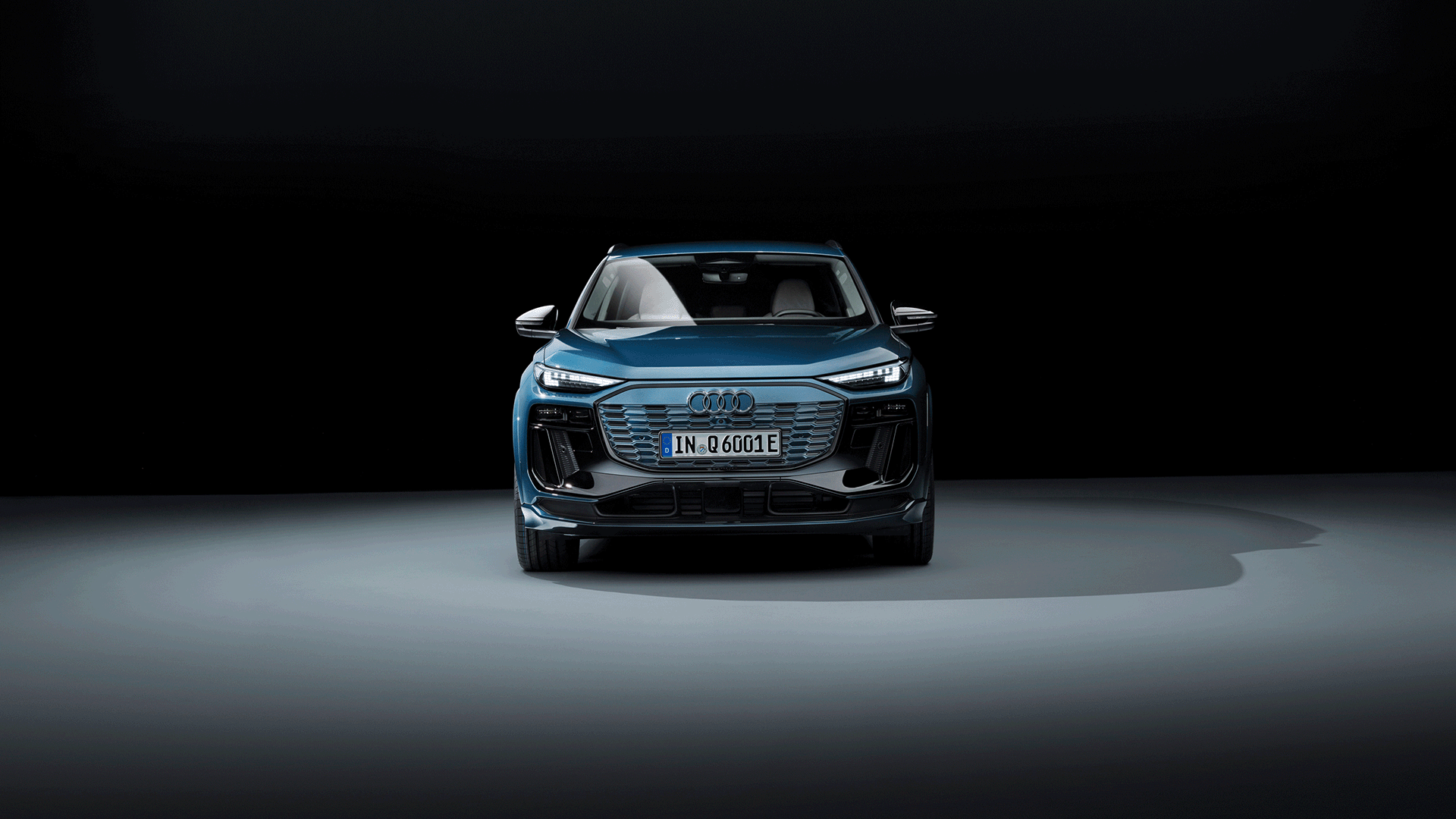
Audi Q6 e-tron brings a radical new infotainment system and smart lighting
Digital stage dash and smart OLED lighting make the Audi Q6 e-tron an EV for the future
-
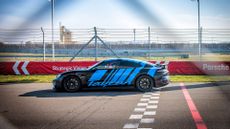
Electric shocker: I experienced the Porsche Taycan Turbo GT pushed to the limits
Taking to the track in Porsche's most powerful production car to experience that 2.2s 0-62mph for myself
-
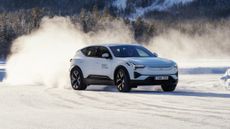
The Polestar 3 just got a £4,000 price cut
If you're looking to buy the new EV, there's no better time than right now
-
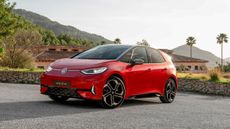
Is the VW ID.3 GTX the electric hot hatch you’ve been waiting for?
Sporty new ID.3 GTX is revealed alongside Volkswagen’s most powerful estate ever, the ID.7 GTX Tourer
-
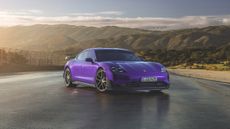
New Taycan Turbo GT is the fastest electric Porsche yet
Flagship Taycan has 1,093 horsepower in ‘Attack Mode’ and is available as a two-seater
-
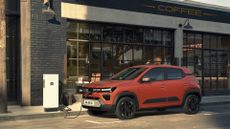
Europe’s most popular EV is coming to the UK for a very appealing price
The Dacia Spring all-electric SUV will cost less than £15k when it launches
-
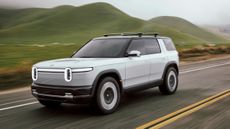
Watch out, Tesla – Rivian reveals new R2 and small R3 electric SUVs
Rivian's £35k R2 electric SUV will be its first to come to Europe, followed by an even cheaper R3
-
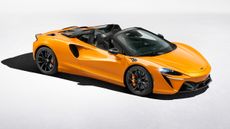
McLaren Artura Spider loses its roof, gains more power
New open-top McLaren Artura Spider has a mode for wheel-spinning burnouts
